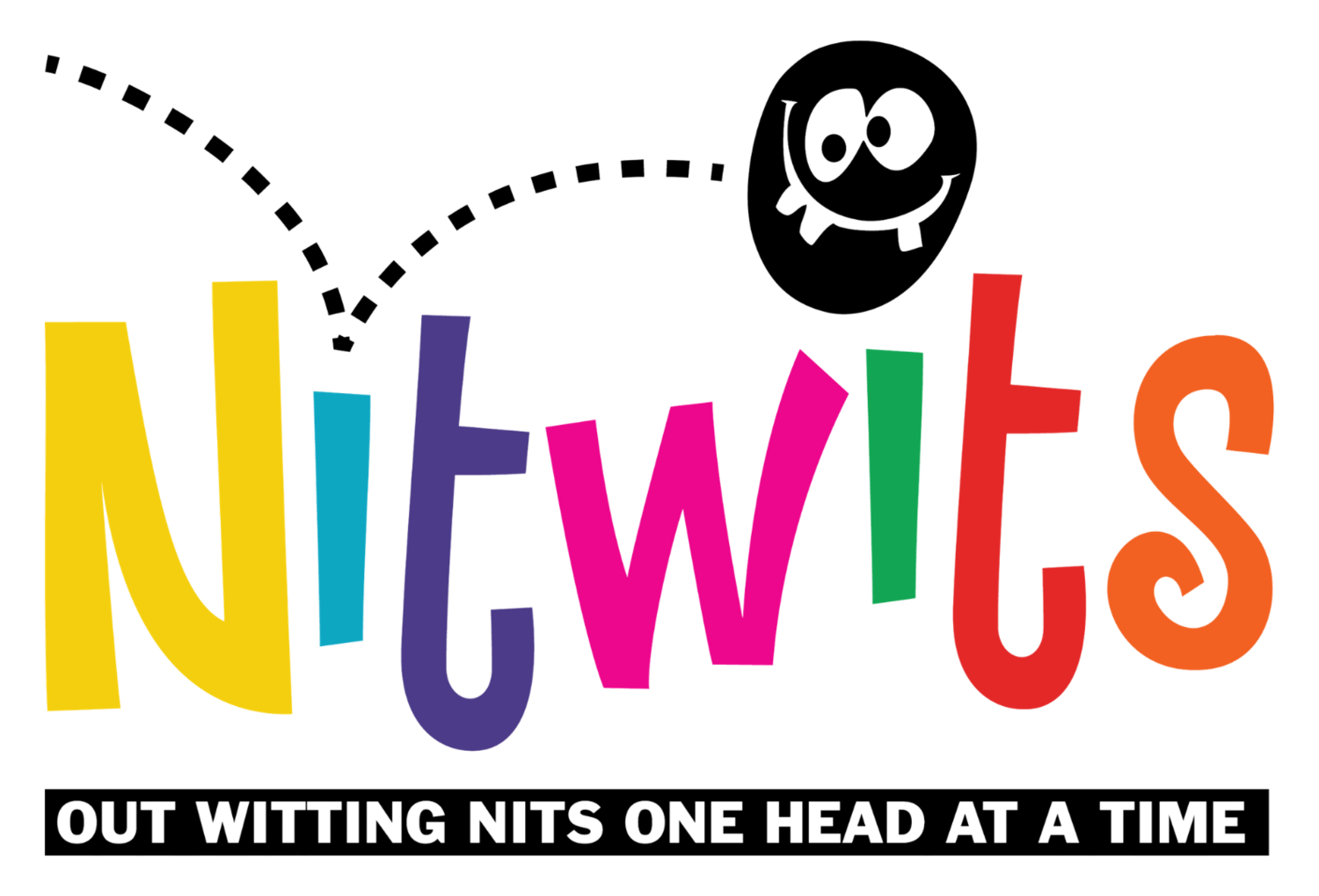Stay Lice-Free: Head Lice Prevention Tips for Families
Head lice infestations can be a chronic persistent and frustrating issue. These tiny insects, while harmless, can cause soreness and inconvenience for those affected. However, with the proper information and preventive measures, families can substantially minimize the threat of infestation and remain lice-free. This guide will discover superb head lice prevention suggestions for families, including recognizing head lice symptoms, the significance of expert lice treatment, and realistic prevention strategies.
Understanding Head Lice Symptoms:
Before discussing prevention strategies, it is essential to recognize the signs of head lice infestation. Typical symptoms include scalp itching, visible nits (lice eggs) connected to the hair shafts, and scalp irritation. If you or your family experience these symptoms, seeking expert lice therapy at once is integral to forestalling the infestation from spreading.
Professional Lice Treatment:
Expert therapy can be invaluable when it comes to combating head lice. Professional lice treatment, like these provided with official providers' aid, uses protected, high-quality strategies to eradicate lice and nits. These remedies are administered by educated experts who recognize the nuances of lice infestations, ensuring thorough elimination and barring damage to the scalp or hair.
Head Lice Prevention Tips:
While expert therapy is integral for addressing present infestations, proactive prevention is equally necessary for preserving lice-free households. Here are some sensible head lice prevention recommendations for families:
Educate Your Family:
Teach your youth about head lice and how they spread. Encourage them no longer to share private gadgets such as hats, combs, or hair add-ons with others. Emphasize the significance of non-public hygiene and keeping shut head-to-head contact with peers, especially in college settings.
Regular Head Checks:
Make head tests a part of your family's hygiene routine, specifically after possible exposure to lice (e.g., sleepovers, faculty outings). Use a fine-toothed comb to check the scalp and hair for lice or nits. Regular inspections can help catch infestations early and forestall them from spreading.
Use Preventive Products:
Consider the use of lice prevention products, such as repellent sprays or shampoos, especially during peak lice season or when your toddler is attending crew activities. These merchandise create a protective barrier, making it extra challenging for lice to infest the hair.
Promote Good Hygiene:
Encourage regular hair washing and discourage sharing non-public objects that come into contact with the hair. Teach your youth to cling to their coats and hats one after the other to limit the hazard of lice transmission.
Maintain Clean Bedding:
Wash bedding, pillowcases, and stuffed animals in warm water often to kill any plausible lice or nits. Vacuum upholstered furnishings and automobile seats to remove any lice or eggs that may have fallen onto these surfaces.
Conclusion:
By incorporating these preventive measures into your family's routine, you can notably limit the danger of head lice infestations and preserve your cherished ones lice-free. Staying lice-free requires vigilance, education, and proactive prevention. By recognizing head lice symptoms, looking for expert lice therapy when necessary, and enforcing preventive strategies, households can guard themselves against the inconvenience and soreness of lice infestations. With these pointers in mind, you can revel in peace of thinking, understanding that your family's scalps are itch-free and lice-free.

